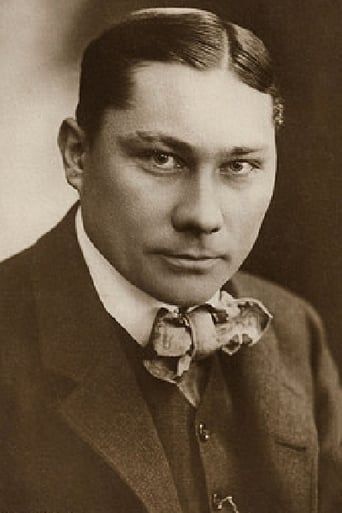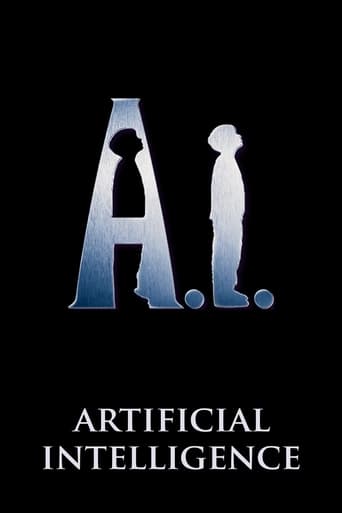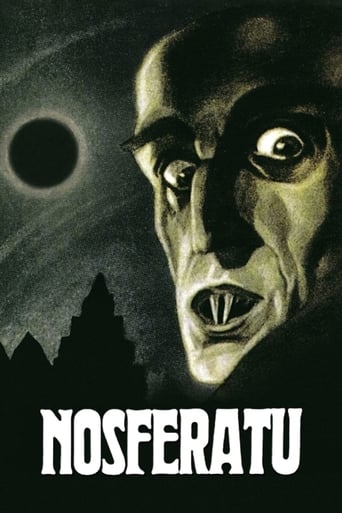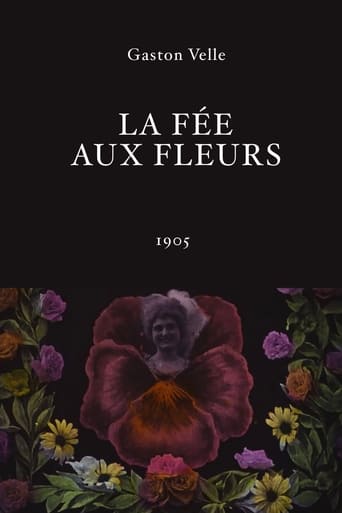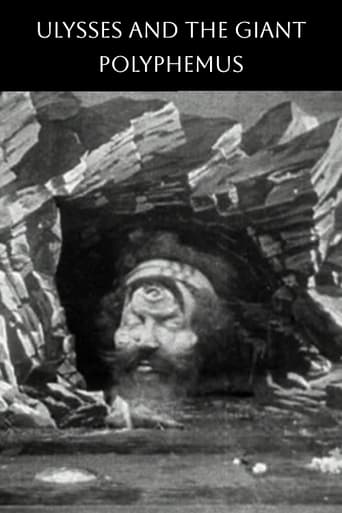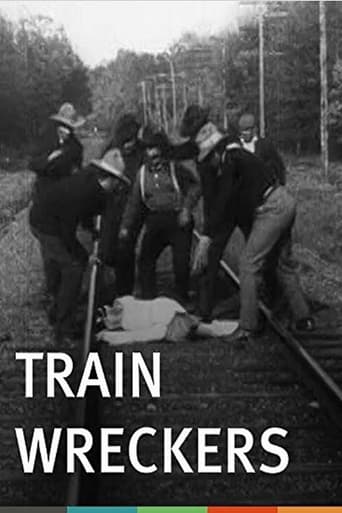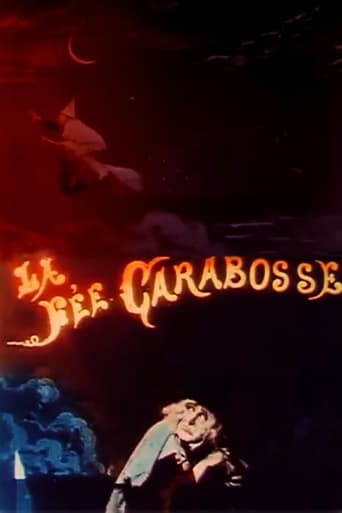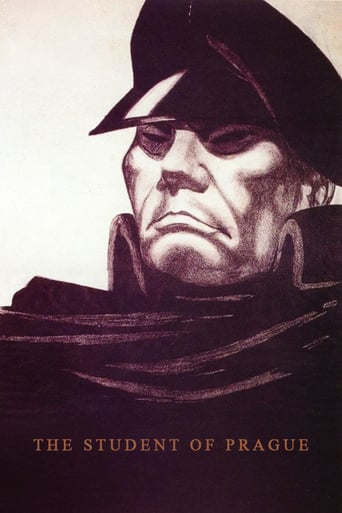
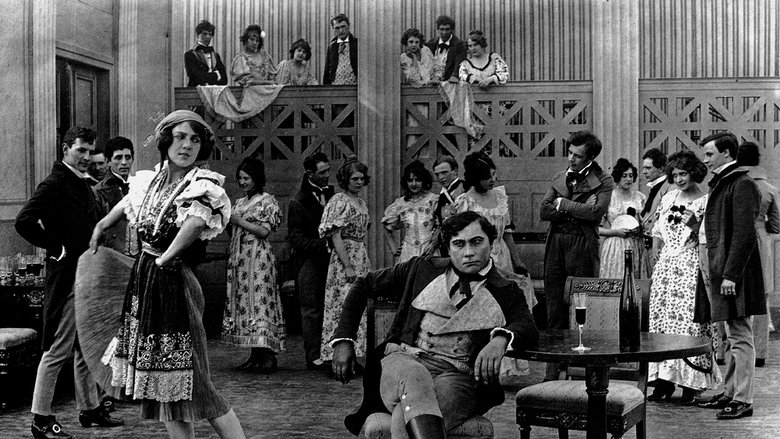
The Student of Prague (1913)
Prague, Bohemia, 1820. Balduin, a penniless student, falls in love with Countess Margit, a wealthy noblewoman whom he has saved from drowning.
Watch Trailer
Cast
Similar titles
Reviews
Good concept, poorly executed.
A story that's too fascinating to pass by...
There's no way I can possibly love it entirely but I just think its ridiculously bad, but enjoyable at the same time.
An old-fashioned movie made with new-fashioned finesse.
"Der Student von Prag" or "The Student of Prague" is a German black-and-white silent film from 1913, so this one is already clearly over a 100 years old. Do not be fooled by soundtracks that were added later on, this is not a sound movie. The writer and director here is Hanns Heinz Ewers and this is probably his most known work. He is not even close to being as famous as the likes of Murnau or even Lang, but it looks like he was there before them already. Unfortunately, I cannot praise his work here. It is based on a work by Edgar Allen Poe and, like so many other films, includes many references on Goethe's "Faust", when a young man makes a deal with somebody he should have stayed far far away. And, of course, the deal is about a woman.The movie runs for slightly over 80 minutes, at least in the version I saw, but I see that there are several way shorter versions out there too. Your choice which one to watch. I personally would recommend one of the shorter as I felt this film did not only drag on several occasions despite under 90 minutes runtime, but it also clearly lacked intertitles and would have needed many many more of these to be a rewarding watch, but also to actually let the audience understand what is going on. I had a question mark above my head for a large part of the film and this may be a reason why I lost interest quickly and give this one a thumbs down. Not recommended.
Student of Prague, The (1913) ** 1/2 (out of 4)A poor college student (Paul Wegener) falls in love with a rich woman so he makes a deal with a sorcerer. The sorcerer pays him 100,000 gold pieces for anything in the student's room. The sorcerer decides to steal the student's soul. This is a pretty good horror film that manages to have a few very creepy scenes including the first scene where the soul is taken. The rest of the film is pretty weak working itself up towards the very good ending. This is still a very important film for horror fans to seek out.You can check my review of the remake here as well.
This film marks the beginning of the Golden Age of Silent Horror movies emanating from Germany, though its style is not yet what would come to be defined "Expressionist". I had watched it many years ago on Italian TV and remember liking it quite a bit though, in retrospect, it suffers in comparison with the superior 1926 remake (not least because that one is more than twice its length!); it's still well worth watching and remains full of interest today, also because it led directly to Paul Wegener's trademark role of The Golem in a famous trilogy, which unfortunately is almost impossible to re-evaluate today since only the third entry in the series seems to have survived! The accompanying synthesizer score on the Alpha DVD was quite unnerving in its relentless repetitiveness which, in hindsight, perfectly suited the doppelganger theme of the movie.
"The Student of Prague" is an early feature-length horror drama or, rather, it is an "autorenfilm" (i.e. an author's film). It's a piece of a movement of many movements that tried to lend cultural respectability to cinema, or just make a profit, by adapting literature or theatre onto the screen. Fortunately, the story of this book with moving pictures is good. Using Alfred de Musset's poem and a story by Edgar Allen Poe, it centers on a doppelgänger theme.Unfortunately, the most cinematic this film gets is the double exposure effects to make Paul Wegener appear twice within scenes. Guido Seeber was a special effects wizard for his day, but he's not very good at positioning the camera or moving it. Film scholar Leon Hunt (printed in "Early Cinema: Space, Frame, Narrative"), however, has made an interesting analysis on this film using framing to amplify the doubles theme: characters being split by left/right, near/far and frontal/diagonal framing of characters and shots. Regardless, the film mostly consists of extended long shots from a fixed position, which is noticeably primitive. Worse is the lack of editing; there's very little scene dissection and scenes linger. None of this is unusual for 1913, but there were more advanced pictures in this respect around the same time, including the better parts of "Atlantis" (August Blom, 1913), "Twilight of a Woman's Soul" (Yevgeni Bauer, 1913) and the short films of D.W. Griffith.An expanded universal film vocabulary by 1926 would allow for a superior remake. Furthermore, the remake has a reason for the Lyduschka character--other than being an occasional troublemaker and spectator surrogate. Here, the obtrusively acted gypsy lurks around, seemingly, with a cloak of invisibility. I know their world is silent to me, but I assume, with their lips moving and such, that their world would not be silent to them, so how can Lyduschka leer over others' shoulders and not be noticed?Nevertheless, this is one of the most interesting early films conceptually. Wegener, who seems to have been the primary mind behind it, in addition to playing the lead, would later play the title role and co-direct "The Golem" in 1920--helping to further inaugurate a dark, supernatural thread in German silent cinema.(Note: The first version I viewed was about an hour long (surely not quite complete) and was in poor condition, with faces bleached at times and such. I'm not sure who was the distributor. I've also since seen the Alpha DVD, which, at 41 minutes, is missing footage present in the aforementioned print and also has fewer and very different title cards, but is visually not as bad. The repetitive score is best muted, though.)
